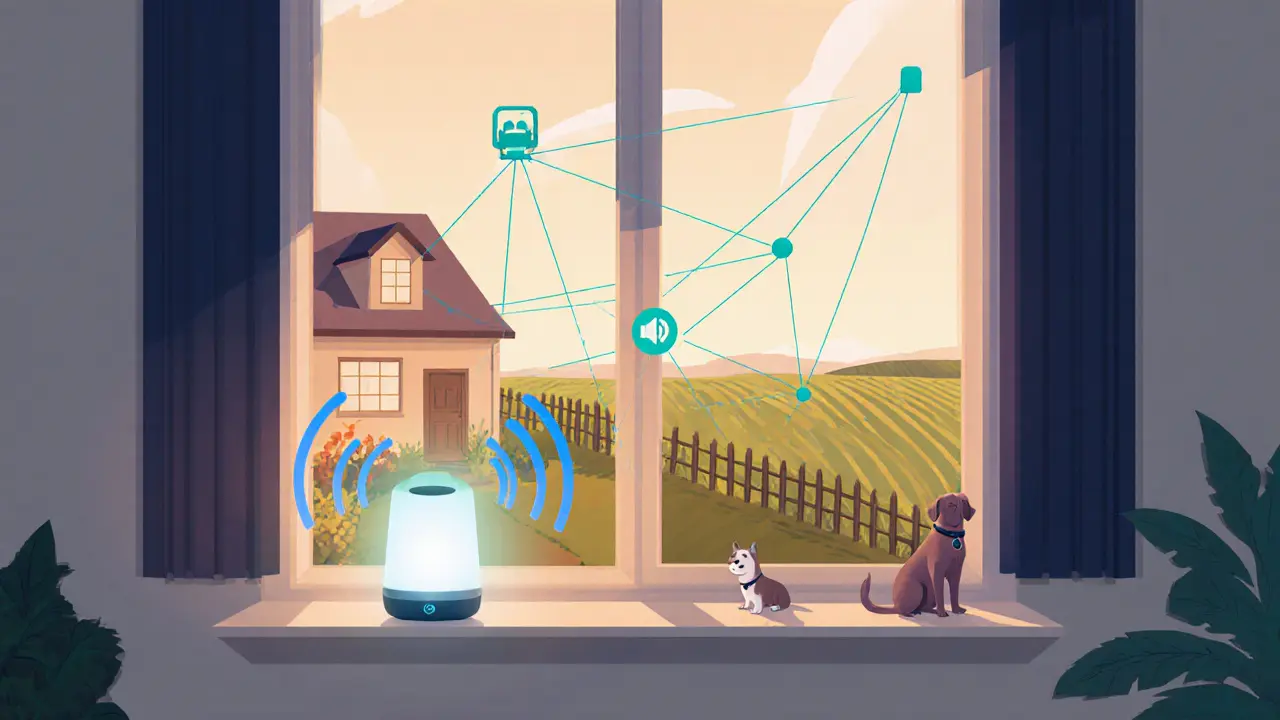DePIN: What It Is and Why It's Changing Blockchain Real-World Use
When you think of blockchain, you might picture crypto prices or NFTs—but DePIN, Decentralized Physical Infrastructure Networks. Also known as decentralized infrastructure, it’s the quiet revolution turning real-world tools like Wi-Fi hotspots, data storage, and solar panels into crypto-backed services anyone can join. Unlike most crypto projects that live on screens, DePIN puts blockchain into the physical world—literally. Think of it like Uber for infrastructure: instead of one company owning all the cars, thousands of people contribute their own hardware and get paid in crypto for letting others use it.
DePIN works by rewarding people for sharing underused resources. Want to earn crypto just by leaving a Wi-Fi router on? That’s DePIN. Need cheap, global cloud storage without relying on Amazon? DePIN networks let you rent space from strangers’ hard drives. It’s not theory—it’s already happening. Projects like Helium pay users in HNT for setting up wireless hotspots. Filecoin turns spare hard drive space into decentralized storage. Render Network lets gamers and artists rent GPU power from people’s PCs. These aren’t startups dreaming big—they’re active networks with real users, real earnings, and real infrastructure running right now.
What makes DePIN different from old-school cloud services? It’s not controlled by one corporation. No single company owns the network, sets the prices, or shuts it down. If one node fails, the rest keep going. That’s resilience. And because payments are automatic via smart contracts, you don’t need to wait weeks for a payout—you get crypto the moment you contribute. This model is especially powerful in places where infrastructure is weak or expensive. In Southeast Asia, for example, DePIN could let someone in rural Indonesia earn crypto by sharing their internet connection, while a student in Manila uses it to stream without paying high data fees.
But it’s not all smooth sailing. Many DePIN projects struggle with adoption. Why? Because people don’t always understand how to set up the hardware, or they’re wary of leaving devices running 24/7. Some tokens have crashed because rewards outpaced real usage. That’s why the most successful DePIN networks focus on simplicity and real utility—not just hype. Look for projects that solve actual problems: faster internet, cheaper storage, cleaner energy. Skip the ones that sound like get-rich-quick schemes.
What you’ll find below is a curated collection of posts that cut through the noise. Some explain how DePIN connects to real crypto projects. Others warn you about fake airdrops pretending to be part of DePIN networks. You’ll see how tokens like HNT, FIL, and RNDR actually work in practice—and why some projects with big names still have zero real users. Whether you’re curious about earning crypto with your router or just want to know if DePIN is more than buzzwords, the guides here give you the facts—no fluff, no promises, just what’s real.

